What’s the best part of Chinese New Year? The food. (Fireworks take second place in our books.) But Chunjie isn't the time for just any old feast - instead, each traditional dish has a meaning.
Here's your guide to enjoying an auspicious and edible Chinese New Year.
1. Jiaozi 饺子
Duh. You know jiaozi, the most famous food associated with Chinese New Year. What you maybe don’t know (or do, whatever, we have smart readers) is that jiaozi are believed to bring prosperity because they look like the gold ingots (yuan bao) used as currency during the Ming Dynasty.
But that’s not all – many families eat jiaozi on Chinese New Year’s Eve or on the first day of the year because it’s a homophone of “交子” (jiaozi), the moment between the old year and the new.
Where to find it:
We love Baoyuan Jiaoziwu’s plates of rainbow-colored dumplings.
> See Listing for Baoyuan Jiaoziwu here.
2. Eight-treasure Rice 八宝饭 (ba bao fan)
Usually served as the last dessert for a New Year’s Eve dinner, eight-treasure rice is especially popular in the south, and is made from glutinous rice steamed and mixed with lard, sugar and eight kinds of fruits or nuts. These can include red dates, lotus seeds, longan, raisins, walnuts, peanuts and more.
This is Chinese new year, remember, so everything is a metaphor for something. Therefore each ingredient of eight-treasure rice has its own meaning. The lotus seeds represent harmonious marriage. Longan signifies reunion of loved ones. Red dates symbolize healthy babies. And pumpkin seeds mean safety. Take notes – this dish is a culture lesson.
Where to find it:
Shanghai Min, a Shanghainese restaurant, has this sweet, soft and glutinous rice pudding (RMB22).
> See Listing for Shanghai Min here.
3. Poon choi 盆菜
This Cantonese dish was first made in a Hong Kong fishing village during the Song Dynasty (970-1279). According to legend, to serve the young Emperor and his army locals collected the best ingredients available and cooked them all together in wooden washbasins, since during wartime there were not enough pots and pans. (Why wartime means no pots or pans we have yet to figure out. Were they using them as shields? Let us know.) Thus poon choi was born, and even today it’s served in large wooden, porcelain and metal basins.
What can you expect to find in your wooden basin? Any of the following: pork, beef, lamb, chicken, duck, abalone, shark fin, fish maw, prawns, crabs, squid, crispy pigskin, beancurd… a lot of stuff. You get the idea.
Where to find it:
Qi, a Cantonese restaurant at The Ritz-Carlton Beijing Financial Street, is offering poon choi just for the winter.
> See Listing for Qi here.
4. Nian gao 年糕
Nian gao are glutinous rice cakes. While they’re eaten year round, many Chinese eat them this time of year because the name is a homophone of “higher year.” Nian (sticky) is identical in sound to “年,” meaning ‘year,’ while the word gao (cake) is identical in sound to “高,” meaning ‘high’ or ‘tall.’
The sticky, sweet snack is made differently in various regions of China. In the South, people like them soft and sweet, but 'round here, cakes are more often steamed or fried.
Where to find it:
Our favorite for sweet, sticky rice is Bei 27 Hao, the popular shop across from Taikooli North. Nothing goes better with their fiery Lanzhou-style noodles than their goopy nian gao.
> Bei 27 Hao, 1/F, Bldg 27 Sanlitun Beilu三里屯北27号楼一层 (8418 5849)
5. Tangyuan 汤圆
Traditionally eaten during the New Year and Lantern Festival, tangyuan is a homophone for “union,” so it’s also served at wedding banquets or any occasion symbolizing family togetherness.
Made from glutinous rice flour, these ball-shaped dumplings are boiled and then served in hot water. Generally speaking, southern people prefer sweet fillings that usually consist of sugar, sesame, sweet bean paste, osmanthus flowers or sweetened tangerine peel. In the north, people prefer salty fillings like minced meat and vegetables.
Where to find it:
Da Gui offers tangyuan with a Guizhou spin – chilies and pickled vegetables.
> See Listing for Da Gui here.
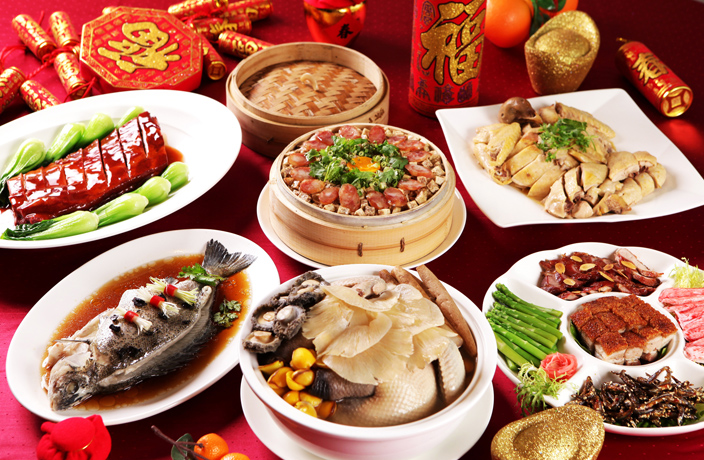





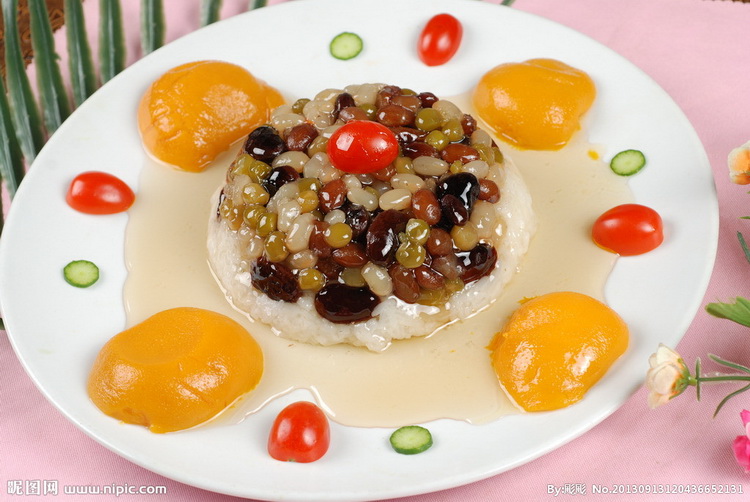
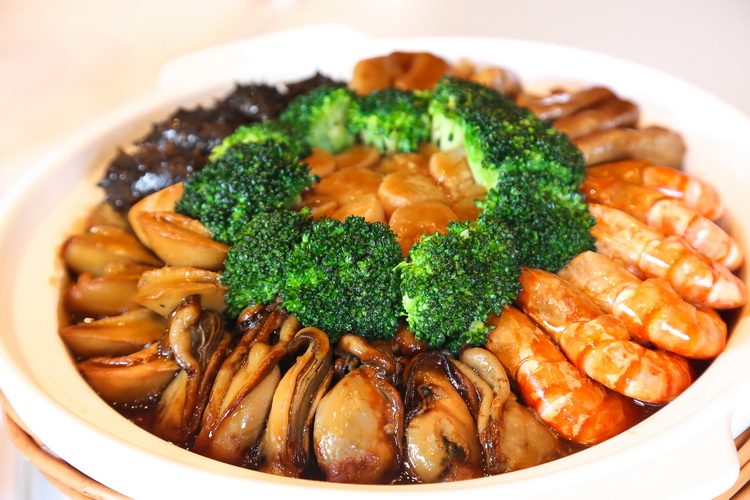

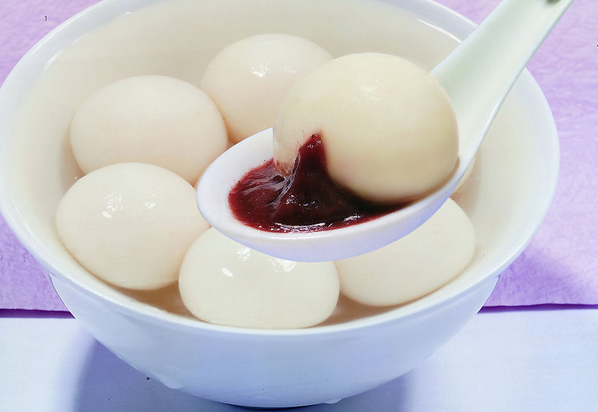
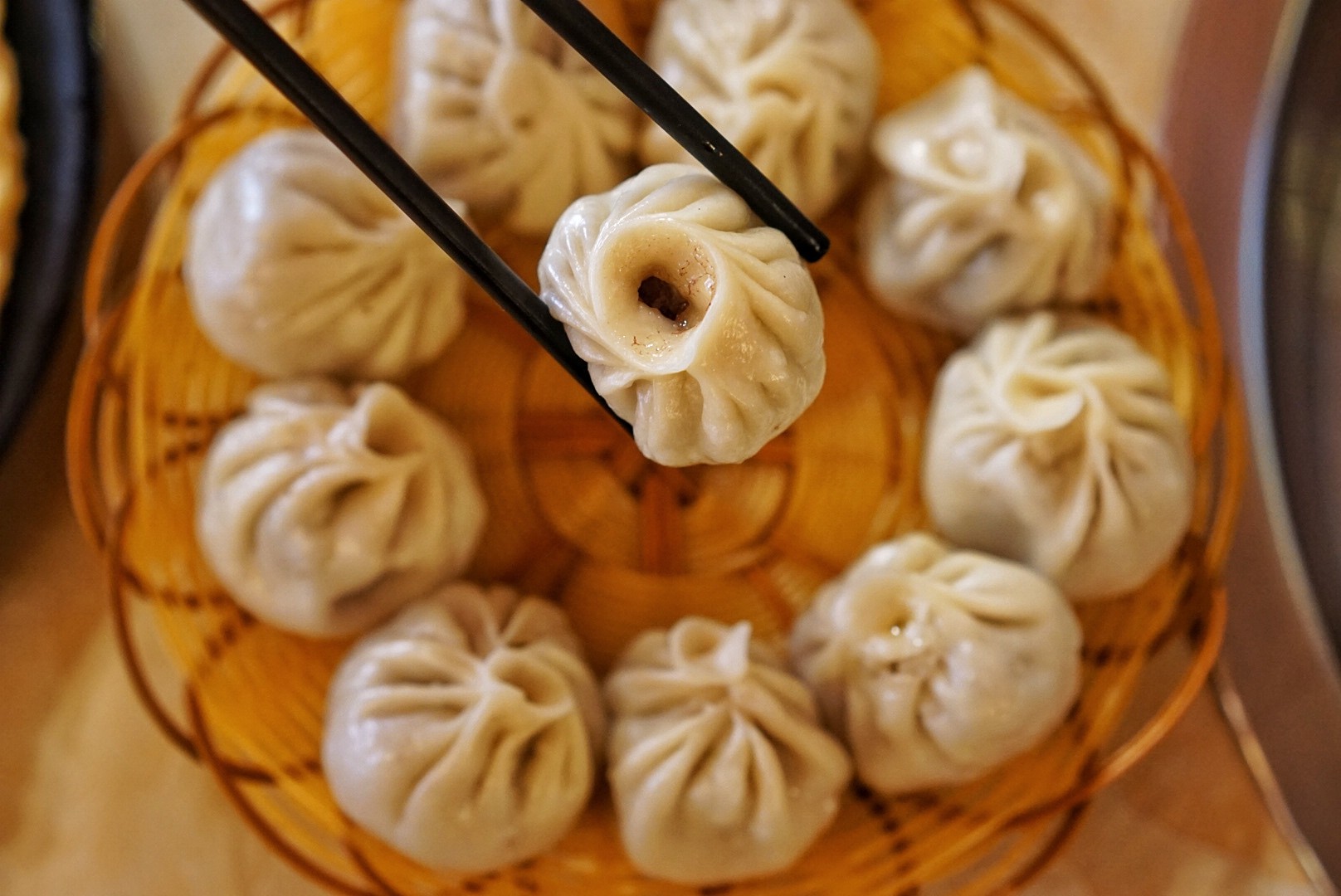
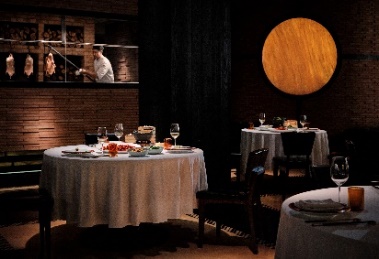
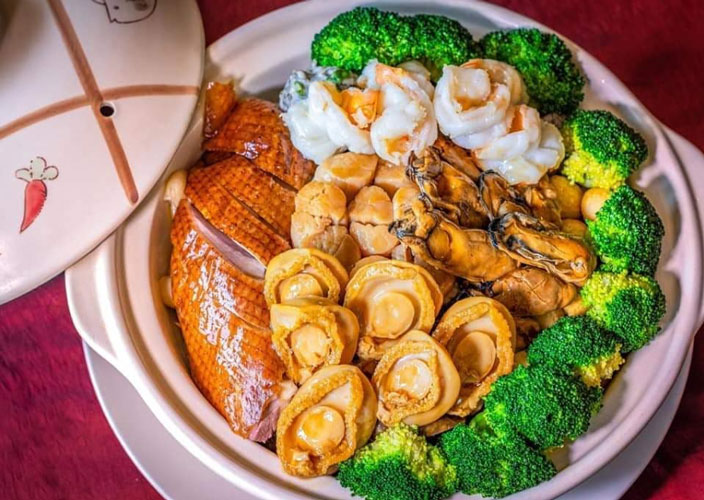














0 User Comments